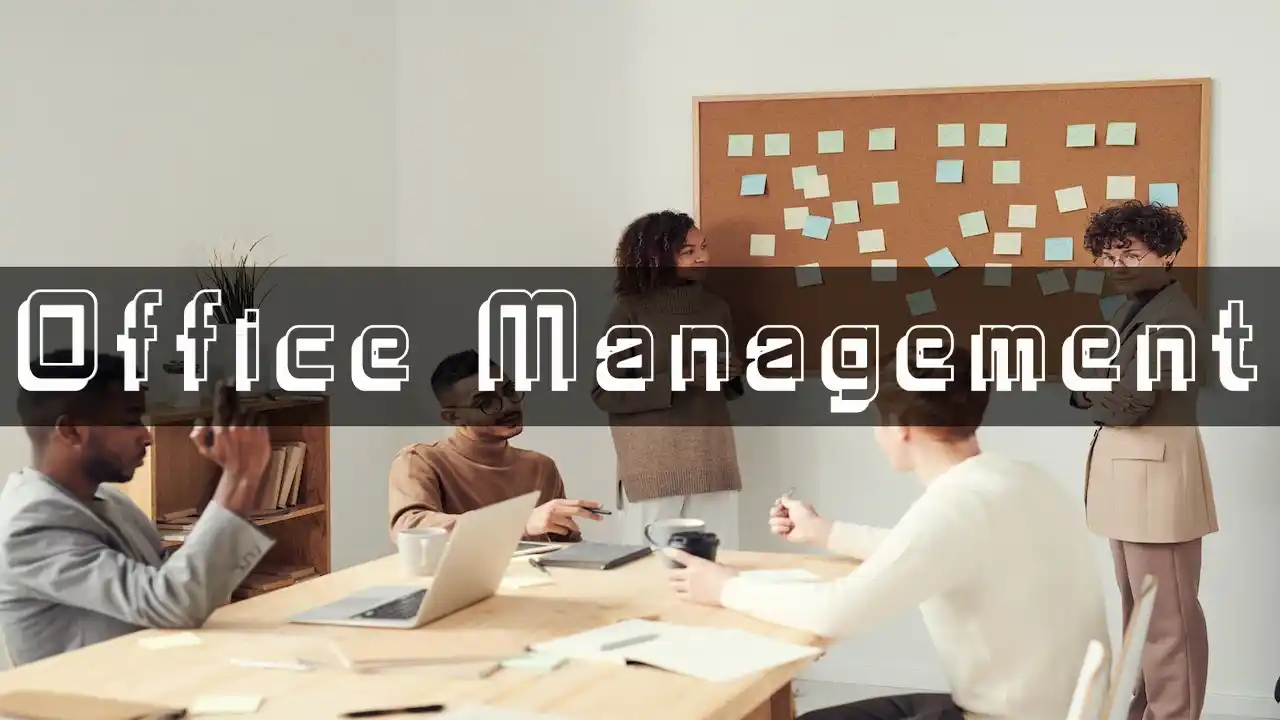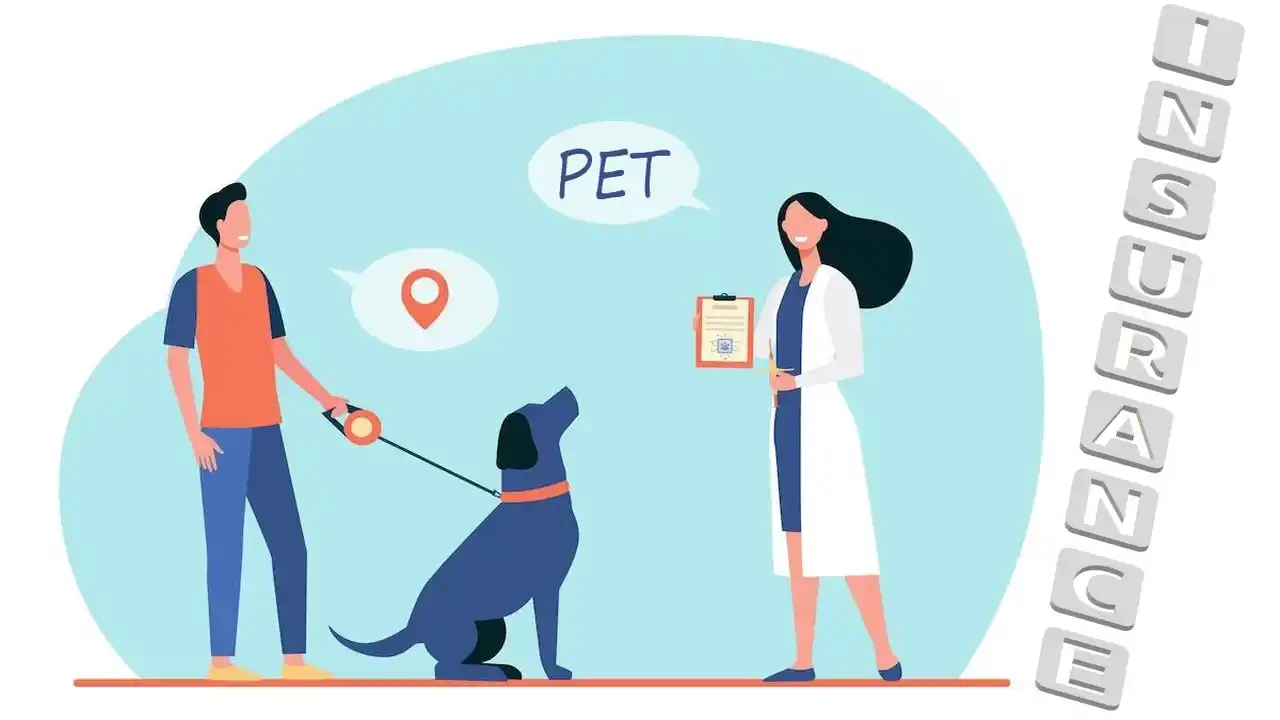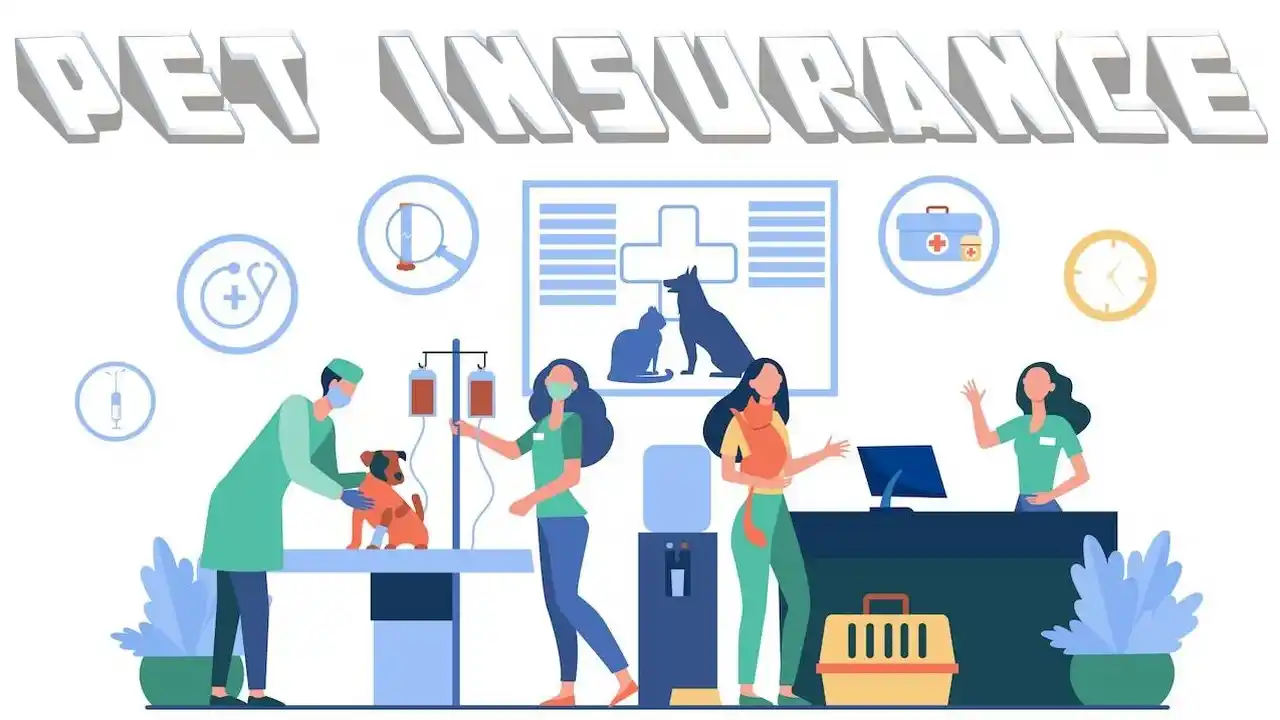The increased administrative burden on businesses may trace back to the rise of industry, the expansion of government oversight, rising populations, and the introduction of various tax and labor regulations. Planning and monitoring all business activities thoroughly, cutting back on unnecessary office expenses, and making sure all business activities occur simultaneously are essential for successful management, efficiency, and effectiveness. Continue reading to become an expert in elements of office management and learn everything you can about it.
When it comes to accomplishing their goals, office administrators do everything at their disposal. In a collaborative workplace, managers collaborate to create strategies that make the most of limited resources. Helps cut down on time wasted, resources not used effectively, and inefficient use of resources. It’s a great way to make the most of limited resources. A company’s management is the single most important factor in its overall success.
One definition of office management is “the specific process of planning, organizing, staffing, directing, coordinating, and managing an office to help the company reach its goals.” The responsibilities of an administrative manager are laid forth here. The most critical aspects and tasks of Office Management shown in the diagram below. Planning, arranging, coordinating, and regulating office operations to help the company reach its goals is what office administration entails. The office runs efficiently and quickly because of the management team’s efforts. Gain valuable insights on the scope of office management topic by reading this in-depth analysis.
Elements of Office Management
Management that gets things done in the office on schedule and right every time is essential. It is imperative to have well-run meetings, accurate records, and clear, concise communication at all times. By keeping the office running smoothly, managers are able to free up their staff’s time for more meaningful work. The elements of office management includes the following:
Resource Allocation
Gathering resources to aid the planning function in accomplishing its goals is the organizing function’s job. Material, human, and monetary assets are all examples of resources. Leaders are responsible for delegating work to the right people, deciding what has to do, and making sure it gets do.
However, leaders are responsible for encouraging teamwork among employees to maximize the impact of available resources. Knowing which resources are indispensable at any given time is crucial.
Co-ordination
All managerial tasks require some degree of teamwork. Management entails inspiring people to work together. It’s a really important step to take. Coordination is the process of making sure everyone works together efficiently to complete a task. Assembling several components into a whole is what this term refers to.
It’s not a separate responsibility so much as a precondition for effective management. Coordination is the process of integrating different parts into a whole. It guarantees efficiency, economy, and cohesion for everyone involved. Coordination will emerge naturally if we have well-defined goals, rules, procedures, and plans, as well as a well-established organizational structure.
Procurement
To do this, money must spend on things like printer paper and file cabinets. Buying and selling goods and services is known as “procurement,” and it is commonly used in the business world. Businesses that have a significant need to hire new workers or buy new supplies in bulk frequently engage in procurement activities.
Staffing
This entails not only finding talented people to hire, but also investing in their growth and education. Recruitment is the action of seeking for and selecting potential new employees for a company. Planning for and overseeing the attendees is crucial. To recruit and educate our staff, we use data-driven strategies.
We need to come up with viable strategies for compensating workers and gauging their success on the job. Also, a personnel manager’s job entails a great deal of strategic thinking about and administration of people resources. All staffing-related responsibilities ultimately rest with the top management. This is another elements of office management.
Communicating
This includes talking to people both inside and outside the company, like clients and vendors. The term “communication” refers to the act of sharing one’s thoughts and ideas with another person. Horizontal and lateral communication within an organization, as well as vertical communication between superiors and subordinates, fall under the umbrella term known as “information flow.”
The purpose of every formal conversation is to educate the audience. When two or more people are having a meaningful discussion, information and comprehension can flow back and forth between them. The best way to convey your message is through direct, personal contact. Communication between a manager and his or her staff is essential for effective leadership. This helps the leader ensure that his authority is recognized and respected by those who report to him.
Money & Resource Management
Making and sticking to a budget, as well as preserving financial records, are all part of this task. Budgeting is the process of developing a plan or estimate of anticipated incomes and expenditures for the coming fiscal year in advance of the beginning of the fiscal year. Individuals commonly discuss and agree on the budget’s concepts during the collaborative budgeting process. This is good elements of office management.
Preparation and Management
The steps involved in this process include goal-setting, strategy-building, and resource identification. If management is thought of as a sequence of steps, then the first step is planning. Setting company-wide and individual goals is the first order of business for any manager.
Planning is the key to success here. A manager takes stock of the present to ascertain his position, and then plans for the future to show where he wants to be. Considering alternate routes to success and settling on one as the primary strategy.
Technology Administration
This entails keeping an eye on the office’s hardware and software to detect any problems and fix them quickly. Managing technology is the act of coordinating the use of many tools and resources to achieve a desired goal.
Knowledge management (KM) is a set of organized methods for controlling the process of using knowledge to improve human behaviors and produce things that are previously understood. This is another elements of office management.
Organizational Management
This involves making sure the office is clean, well-maintained, and safe for all workers to work in. Facility management, sometimes known as “facilities management,” is a professional management discipline focused on the efficient and successful provision of logistics and other support services for real estate and buildings.
Managing and Commanding
Instruction, tracking of progress, and course corrections as needed are all part of this process. Some experts on management argue that a more democratic organizational structure inspires its members to take the initiative and lead instead of just follow orders.
Leadership is often described using words like enticing, guiding, instructing, inspiring, and motivating. This managerial duty has consequential effects on an organization’s human resources.
FAQ
Is Running an Office a Skill?
You need strong communication skills and an understanding of software and tools to be a good manager. Not every office manager needs to master every skill in the book, but there are some core competencies you should focus on developing to learn the ropes.
How do you Run an Office Effectively?
Coordination is a vital part of office management, including planning, organization, administration, and leadership. Furthermore, effective coordination ensures that tasks carry out smoothly and efficiently, leading to improved productivity and overall success. When personnel and departments within a company don’t work together, the company as a whole often falls short of its goals.
What is Staffing in Office Administration?
Management’s role in staffing include hiring people, assessing their qualifications, and then delegating tasks to them. Recruiting models compile information about job responsibilities, necessary hours, and actual hours worked by employees. Furthermore, these models help organizations make informed decisions regarding their workforce and hiring strategies.
Summary
However, technology’s pervasive presence in the modern office has greatly boosted efficiency. For instance, the use of software to coordinate the activities of workers, the distribution of resources, and the sharing of information has greatly improved the efficiency and precision of administrative tasks. Now have faster access to critical data and information, enabling improved decision-making and greater cross-departmental cooperation. We truly hope you enjoyed this lesson on elements of office management and learned something new.






